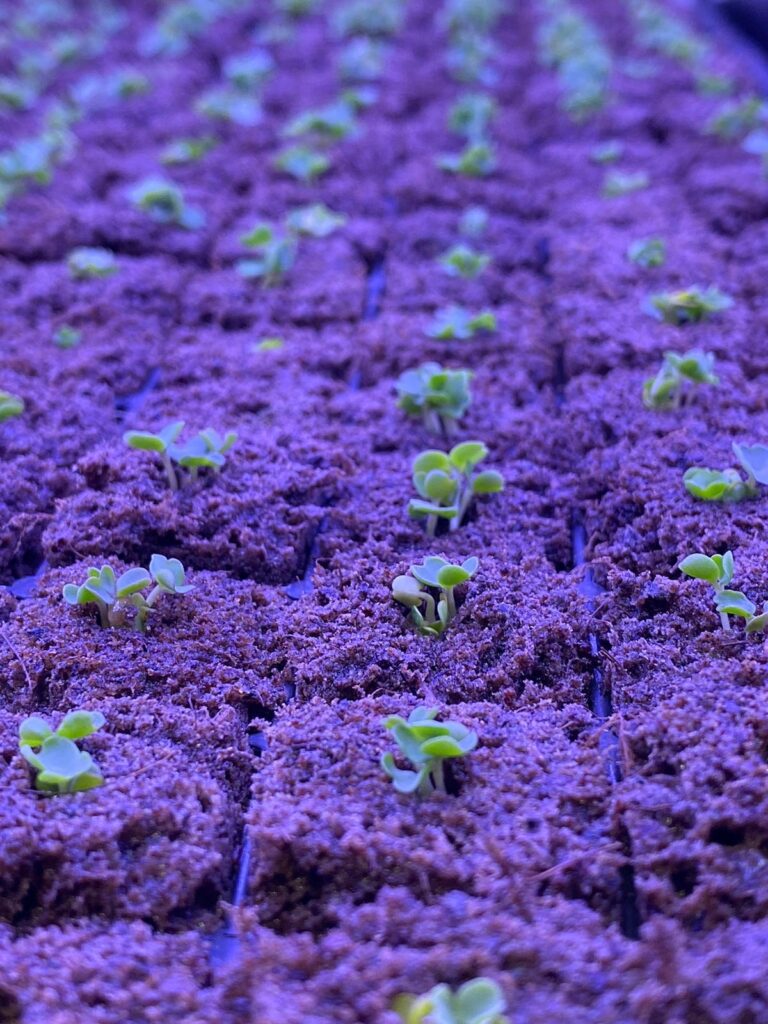What is vertical farming?
Vertical farming is the practice of growing plants in multiple vertically stacked layers, meaning that significant quantities of crops can be produced from an area of relatively small square footage. All vertical farming uses one of three soil-free techniques: aeroponic , aquaponic or hydroponic.
As the global population soars, there are ever more mouths to feed and ever less space on which to grow food. Vertical farming is the solution to this crisis. Because it involves growing upwards rather than outwards, vertical farming practices are ideally suited to densely populated urban environments where space is at a premium. This in turn means that food can be grown in close proximity to retail premises or its end consumers, reducing food miles and the carbon costs of transportation.
Vertical farms can have a transformative effect on underprivileged urban areas, creating their own ecosystems of employment and better nutrition wherever they are installed. In Detroit, for example, a burgeoning urban agriculture scene in abandoned warehouses has revitalised impoverished neighborhoods. At the other end of the economic spectrum, several five star hotels have invested in their own vertical farms in order to ensure their kitchens have access to the very freshest produce.
IAG has developed vertical farming systems that can be integrated into a variety of different buildings, from shipping containers to greenhouses. IAG’s systems deploy aeroponic technology .

